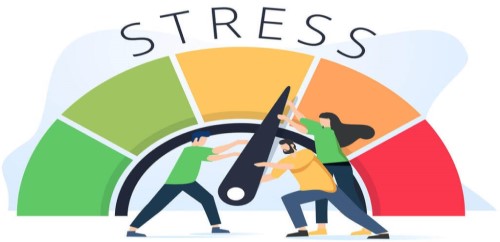The COSO Framework for Internal Control
April 3, 2025
 The COSO Framework for Internal Control
The COSO Framework for Internal Control
Internal frauds are a big part of the operational risk faced by any organization. This is truer of multinational companies who have business interests in various countries across the globe. This is because there are thousands of people in important positions making business decisions on behalf of the company. Hence, ensuring that all these employees…
 The Cost Structure in the Insurance Industry
The Cost Structure in the Insurance Industry
Insurance is one of the most regulated industries in the world. Also, there are multiple players which offer every type of insurance. As a result, the competitive pressures are very high. This ensures that the insurance companies are not able to charge exorbitant premiums. Almost every insurance company across the world is a price taker…
 Credit Derivatives: An Introduction
Credit Derivatives: An Introduction
Credit derivatives are the most important financial innovation in the field of credit risk management. These derivative instruments have been created quite recently. They have only been traded for a couple of decades as compared to other instruments like stocks and bonds which have been around for centuries. Within this short period of time, credit…
In the previous article, we have already studied how expected and unexpected losses are calculated using statistical techniques. However, there are certain events and their associated credit risks which are not captured by the analyses mentioned above. In order to include them in the calculation, another technique called stress testing is used.
In this article, we will have a closer look at what stress testing is as well as the different types of stress testing techniques present in the market.
Stress testing is the process of seeing how the values in a portfolio change in reaction to an extreme event in the environment. In this case, the portfolio refers to the portfolio of credit risks.
It needs to be noted that stress testing techniques can also be applied to other market instruments. Also, stress testing is not done for regular scenarios. The changes in the external environment have to be extreme yet possible. The credit analyst has to conjure up several black swan events using their imagination and run simulations on the same for the stress testing exercise to be successful.
The event which triggers the stress test can be of various types. In some cases, the default of an important counterparty may be considered. In some other cases, the collapse of entire industries or economies will be modeled using stress testing techniques. Other extreme events such as a change in interest rates are also simulated if the company has a lot of debt which is linked to benchmark rates such as LIBOR.

Stress testing is a subject by itself. This subject has shot to prominence after the 2008 credit crisis. Several different forms of stress testing are commonly used today. Some of these common techniques have been listed below:
For instance, the interest rate can be varied and the output can be checked at different levels to understand how sensitive the company is to interest rate risks. Sensitivity analysis can be carried out on more than one parameter. For instance, first, the company can vary only the interest rate, and then later it can vary only the expected loss value.
Hence, empirical data must be present if such an analysis has to be conducted. The benefit of historical analysis is that this method is not subjective and hence analysts cannot influence the calculation too much. However, in many industries, the past trends may not be likely to repeat in the future. Hence, the analysis becomes futile and irrelevant.
Stress testing is an invaluable tool that has gained prominence in recent years. However, in most cases, it has been used to manage market risks. However, of late, it has been used extensively in the management of credit risks as well.
Your email address will not be published. Required fields are marked *